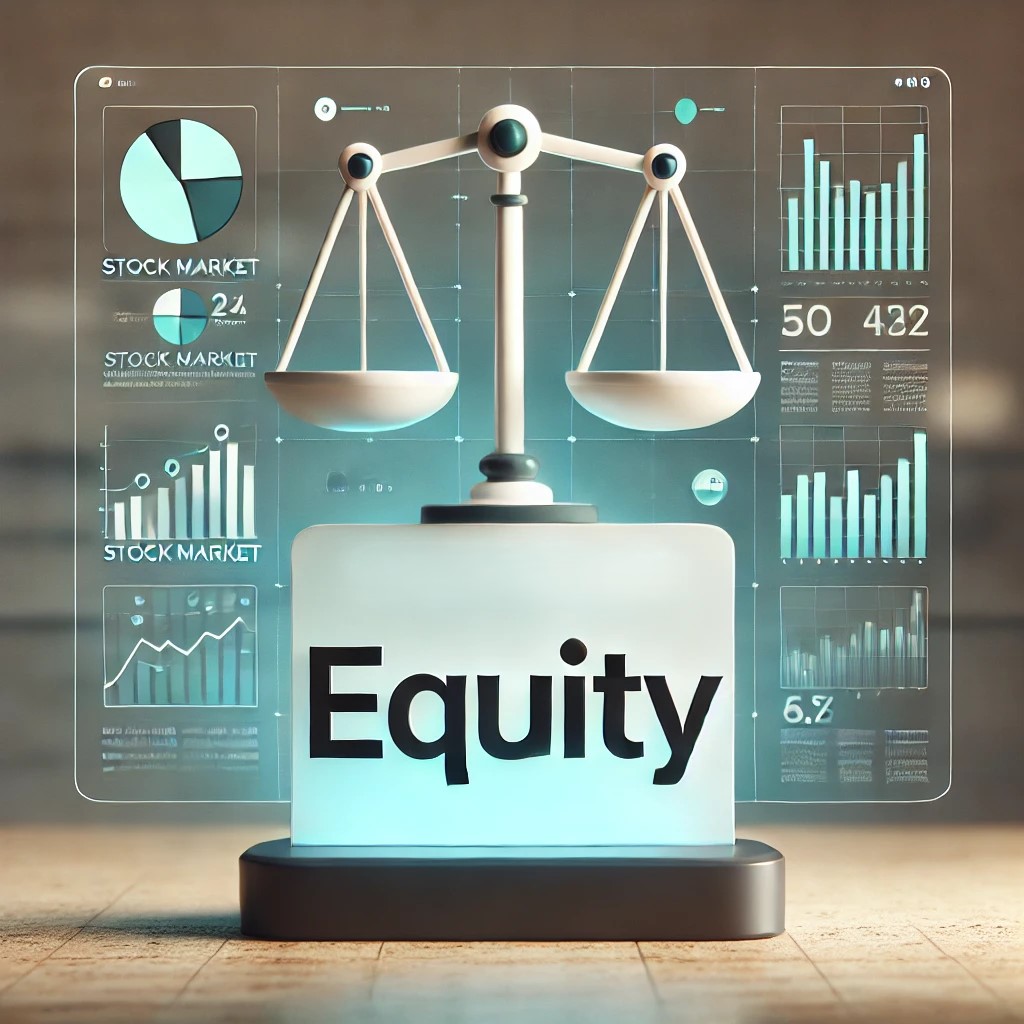Monitoring the direction of your money each month is the heart of a sound financial plan. The most effective way to discover this is to look over the bank statements systematically and regularly. In addition to a listing of credits and debits, the bank statement provides you with a comprehensive overview of your spending habits, along with financial habits and trends in cash flow.
If you’re a person who is making a budget for your finances or a company looking to streamline its financial processes, a thorough analysis of bank statements can reveal hidden inefficiencies, stop fraud, and assist in making informed decisions. Find out the best way to conduct it and what modern tools can do to improve the process, making it more efficient and more accurate.
What Is a Bank Statement?
A bank statement is a document that you receive from your bank that summarizes every transaction that you carry through as well as of within a specific period, usually every month. Transfers, deposits, withdrawals, and earned interest, as well as charges that banks impose, and many more are included. The majority of people skim through it to find out if there are any unusual actions or simply to summarize what they have seen, but looking at it more deeply can uncover a wealth of financial data.
Why You Should Examine Bank Statement Data
A thorough analysis of your bank statements goes far beyond just balancing your bank account. It aids in:
- Recognizing unnecessary or redundant subscriptions
- Identifying fraudulent transfers or suspicious activity
- Monitor trends in spending and earnings
- Making precise financial statements to be used for tax or investment for tax purposes.
- Monitoring liquidity and directing cash flow
In the world of business, routine review of the statements is vital for making credit decision-making, forecasting financials, and understanding operational costs.
A Methodical Approach to Bank Statement Analysis
Organize the Data
Start by accessing your bank statements in digital format, such as PDF, Excel, or CSV. It is recommended to standardize your bank statements to a common format to make them easy to compare. The majority of tools today offer automated categorization and extraction to reduce the need for manual input.
Classify Transactions
- Sort every transaction into categories such as
- Fixed expenses such as rent and loan EMIs, as well as insurance premiums
- Fixed Expenses: Housing insurance and loan payments
- Income from business revenues, salary, and dividends
- Internal account transfers, as well as credit card transactions
- Miscellaneous items: ATM winnings, service fees
The company is now using AI to recognize and categorize the payments according to frequency, type, or pattern, to reduce time and avoid blunders.
Monitor Spending Habits
After categorizing, you can search for trends. Are you spending an increasing amount of money each month dining out? Do your utility bills go upwards regularly? Recognizing trends can help you in making changes to your spending habits. Visualization tools are extremely helpful in this regard, by dissecting information into charts and graphs to help you understand it immediately.
Look for Irregularities and Errors
Unfortunate mistakes can occur, and the double charge can be incurred, subscriptions you cancelled continue to show up, or charges that you do not recognize are incurred. By reviewing your statements, you are able to identify any errors early and take action prior to the issue getting worse.
Calculate Net Position
Subtract all expenses from your total income for the period to determine your net position. A surplus that is always present indicates you’re in good financial shape, but persistent deficits might require changes to your budgeting or income strategies.
The Role of Bank Statement Analysis in Automating Work
Reviewing bank statements manually each month is exhausting, especially for businesses that have many accounts. This is where AI-powered tools can come in handy. These tools extract financial information from bank records, classify it with high precision, and create dashboards to keep the financial performance in check in real-time.
To both companies as well as for financial institutions, they are a great resource in credit underwriting, loan risk evaluation, as well as financial auditing. They reduce the time to turn around and improve the accuracy and reliability of information.
For those who manage a variety of accounts or investments, these tools provide a view of the various accounts at their fingertips. They can identify duplicate expenses, anticipate savings outcomes, and recommend better financial decisions.
The Benefits of Regular Bank Statement Analysis
Improved Budgeting
If you review your bank statement data regularly, you are aware of your financial obligations. This allows you to create detailed financial plans that are realistic.
Greater financial awareness
It’s easier to stay up-to-date about your financial position, including your obligations, financial position, and investment opportunities, by monitoring your bank data. This helps avoid debt traps and can help you plan your next investment.
Fraud Prevention
A regular check of your bank statement increases your chance of spotting fraud at a very early stage. From unauthorised debits to fraudulent charges, a keen eye can help prevent large losses. Smarter Decision-Making analyzes information as a basis for making sound financial decisions, such as whether to get loans, make a new investment, or make a large purchase.
Last Thoughts
To manage your finances efficiently to manage your finances effectively, you need visibility. This is achieved by analyzing the bank statements logically. Instead of just checking balances and looking at large debits, take a deeper look at patterns, identify areas of inefficiency, and then make more informed choices. Whatever the reason, either for business or personal, knowing the contents of your bank statement can lead to more efficient budgeting, wise investment decisions, and financial viability over the long run. With the right tools available, an analysis of your bank account statement of the bank has become less of a requirement and a significant benefit to control your financial situation.




